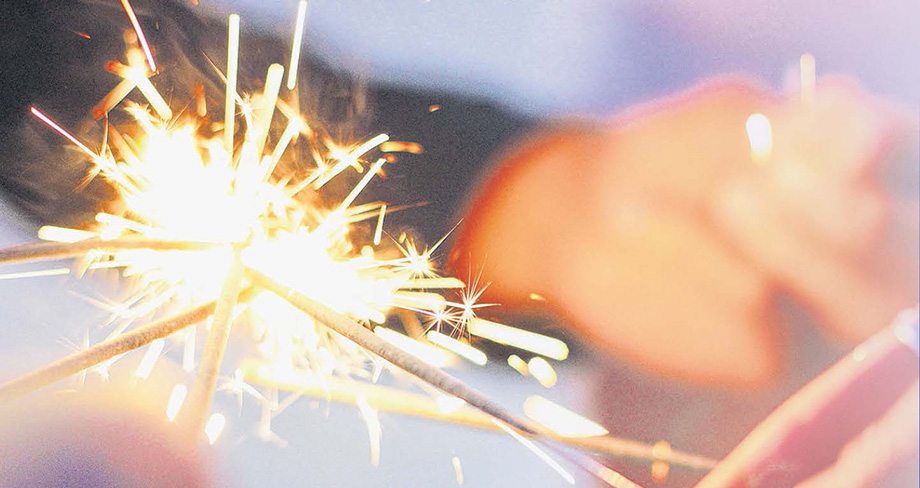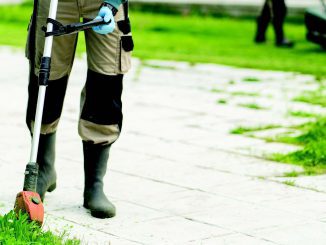
[This piece was written by Frank Dimase, MD, Chief of Emergency Medicine at St. Peter’s Hospital.]
As we approach the July 4th holiday, you can’t help but notice the displays while out shopping. Everywhere you turn, it seems like you see sparklers, fountains, party-poppers and numerous other ground-based or hand-held “sparkling devices” for sale.
These devices differ from the kind of fireworks that rise into the air, fire inserts or explode, which remain illegal to possess and use in New York State. However, just because these “sparkling devices” don’t explode does not mean they are not potentially dangerous for adults and children.
Nationally, sparklers accounted for the number one cause of fireworks injuries that required trips to the emergency room in 2015. The most injured body parts are hands, fingers, face and eyes, and common injuries can include serious burns, lacerations, contusions and foreign matter in the eye.
As innocuous as they seem, sparklers burn at temperatures of about 2,000 degrees Fahrenheit – hot enough to melt metal, which is exactly where all those pretty colors and sparks come from. Those sparks can catch onto clothing, hair and even spark a fire in your home.
So before you launch into your holiday festivities, consider these safety reminders to protect you and your family:
- Don’t allow children to handle fireworks/sparklers
- Keep a bucket of water or a running water hose nearby
- Don’t carry fireworks in your pocket
- Don’t light more than one firework/sparkler at a time
- Don’t try to relight or pick up fireworks that haven’t ignited fully
- Don’t consume alcohol or other substances if using fireworks
- Use only outdoors on flat, hard surfaces like concrete in clear areas and away from houses, buildings, cars, and dry grass
- Carry a cell phone in case of fire or if emergency services are needed
Please exercise caution this July 4th if you decide to use sparklers. Have a safe and happy holiday!
The Emergency Department (ED) at St. Peter’s Hospital is staffed with a team of specially trained professionals who respond to a wide range of illnesses and injuries – 24 hours a day, seven days a week – for patients of all ages. The ED includes a full staff of board-eligible/certified emergency physicians, physician’s assistants, nurse practitioners, nurses, respiratory therapists, social workers, patient-care technicians, patient information associates, and chaplains who work together as a team to provide a patient-focused approach to emergency care.





